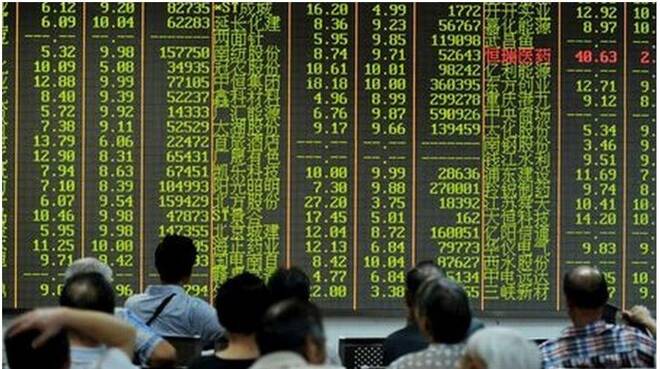Advertisement
Advertisement
Chinese Fears Recede
By:
As China continued to pump money into its economy and banking system to offset fears of contraction in manufacturing and dropping GDP. After Monday’s
As China continued to pump money into its economy and banking system to offset fears of contraction in manufacturing and dropping GDP. After Monday’s sharp declines global currencies went on the retreat as traders moved to the euro and the yen as safe haven trades. The Aussie regained a bit in the morning session to trade at 0.7128 while the kiwi added 16 points to 0.6454. The Aussie and kiwi dollars fell as better-than-expected US durable goods data supported the greenback and commodity currencies weakened.
The US dollar index, which measures the greenback against a basket of currencies, climbed after US durable goods orders printed stronger than expected in July, up 2 percent from the previous month compared with expectations for a 0.4 percent decline, suggesting US business investment is continuing to improve in the third quarter. The greenback gave back some of Wednesday’s gains to trade at 95.13 in Asia down by 17 points.
The need to begin normalizing monetary policy next month “seems less compelling to me than just a few weeks ago”, William Dudley, head of the Fed’s New York branch and a voting member of the rate-setting Federal Open Market Committee, said.
“The slowdown in China could lead … to a slower global growth rate and less demand for the US economy,” he said on Wednesday.
The crash of China’s stock markets and the limited impact of Beijing’s efforts to calm the situation has raised fears of a greater-than-expected slowdown in the world’s second largest economy that could drag down growth globally.
Some economists have called on the Fed to not go through with a long-anticipated increase in the federal funds rate at its September FOMC meeting, given the global markets turmoil.
The Chinese slowdown started as a side effect of the Communist Party’s plan to steer the world’s second-largest economy to a “new normal” of lower, steadier growth. It has turned into a nose dive that the party is struggling to reverse. The party’s plans call for keeping economic growth close to 7 percent this year while China shifts from reliance on trade and investment to more self-sustaining growth based on domestic consumption.
Exports were supposed to grow by 6 percent this year, but instead they are shrinking. Factories are shedding millions of jobs, threatening to inflame political tensions. New industries, including e-commerce, are growing but still are too small to offset job losses in traditional businesses. Sales by China’s exporters, which employ tens of millions of people, shrank by an unexpectedly sharp 8.3 percent in July from a year earlier. It looks increasingly unlikely that China can meet its 2015 growth target of 6 percent.
As market stress eased the Japanese yen weakened against the USD and the EUR. The USDJPY is trading at 120.10 moving back into its trading range, as the EURJPY added 62 points to 136.26.
You also might be interested in: “Copper Could Take Years To Recover While Gold Turns Bearish“
About the Author
Barry Normanauthor
Did you find this article useful?
Latest news and analysis
Advertisement
